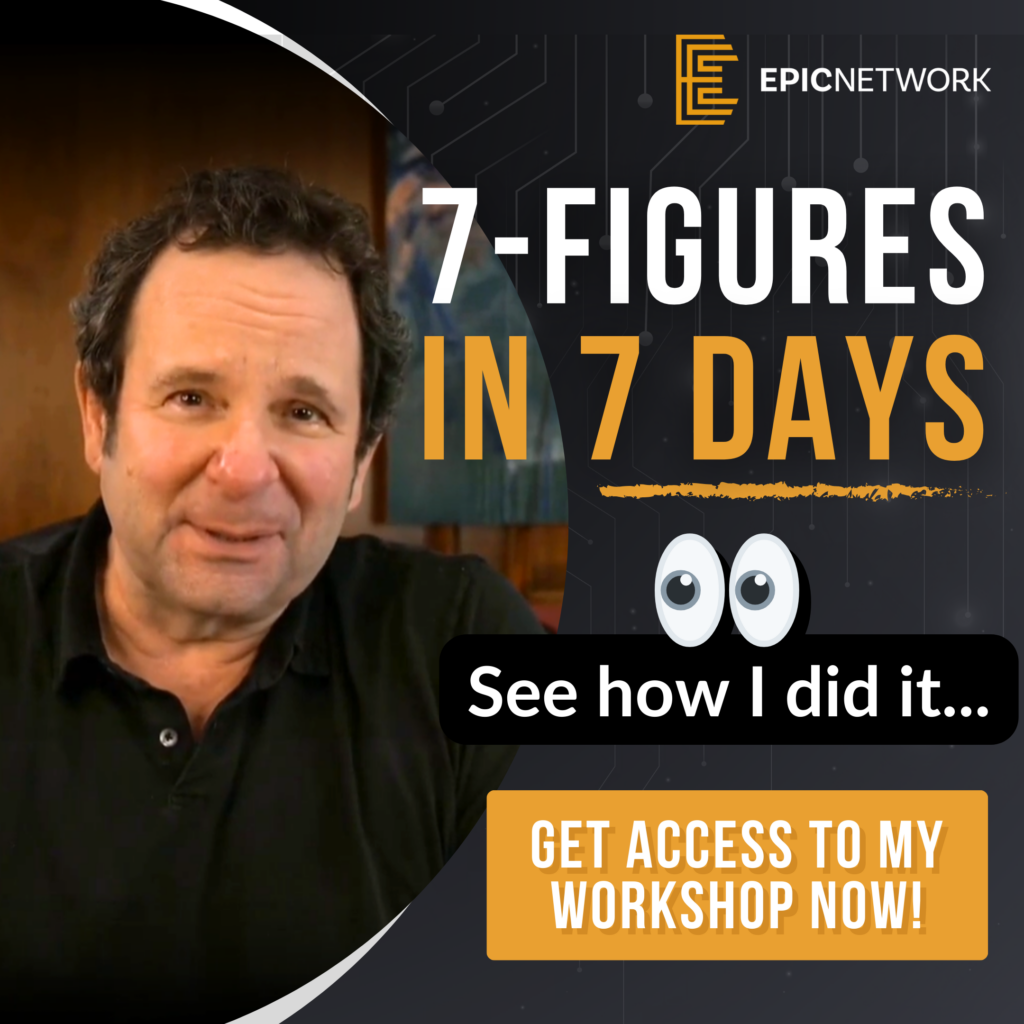
Negotiating business acquisitions is never a straightforward process. It requires creativity, patience, and a clear understanding of the seller’s motivations. I’ve been through countless negotiations, and if there’s one thing I’ve learned, it’s that the key to success lies in collaboration and flexibility. In this post, I’ll walk you through my approach to bridging the gap between buyer and seller expectations, even when the numbers seem worlds apart.
1. Finding the Zone of Negotiability
When a seller’s price feels way out of range, it doesn’t mean the deal is dead. For me, a price that’s one to three times higher than I’m willing to pay is often within a zone of negotiability. It’s all about starting the conversation and creatively structuring the deal to meet both parties’ needs.
Take one of my recent acquisitions: a SaaS company where the seller started at $13 million while I valued the business at $4 million. After three conversations, we eliminated $7 million from the price and deferred $2 million over five years as an earnout. What seemed like an insurmountable $9 million gap was closed through persistence and creative structuring.
2. Approaching the Price Discussion
When it comes to presenting an offer, I adjust my approach depending on the situation. Here are the three strategies I use:
- Ask for a Price Range: Start by understanding what the seller has in mind.
- Educate the Seller: Explain how businesses like theirs are typically valued based on market multiples of profit.
- Make a Straightforward Offer: Present your price with minimal explanation.
For me, starting with less information and revealing more as needed helps keep negotiating business acquisitions simple and direct.
3. Collaboration Builds Agreement
One thing I always emphasize is avoiding blind offers. Instead, I work collaboratively with sellers to build consensus on every point of the deal before finalizing it. Whether in person or via Zoom, I share my screen and walk through each element of the agreement. This way, there’s minimal resistance later because every point has already been discussed and agreed upon.
4. The Law of Price and Terms
If you’ve followed my work, you’ve likely heard me reference the “law of price and terms.” It’s simple: if the seller wants their price, I get my terms. If I’m going to agree to a higher price, I’ll negotiate for extended payment terms, seller financing, or other concessions that make the deal work for me.
A key part of this strategy is understanding the seller’s motivations. I always ask: What are you going to do with the money? Knowing this helps me structure the deal creatively to meet their needs, whether it’s an upfront payment for immediate cash or a deferred payment plan for long-term goals.
5. Humor as a Negotiation Tool
Using humor strategically can diffuse tension and anchor expectations. For example, if a seller insists on $20 million, I might jokingly suggest, “I can do that—at $1 million per year for 20 years.” While it’s obviously not a serious offer, it shifts the frame of reference and opens the door to a more realistic discussion.
6. Knowing When to Walk Away
Not every deal is worth pursuing. If a seller refuses to budge or their expectations are wildly unrealistic, I’m not afraid to walk away. I’ll tell them to test the market and reach back out in 60 to 90 days if they don’t get the traction they’re hoping for. This takeaway approach often brings sellers back, more motivated to negotiate.
Final Thoughts on Negotiating Business Acquisitions
Negotiating a business acquisition isn’t about getting everything you want; it’s about creating a win-win situation for both parties. By staying flexible, asking the right questions, and approaching each conversation collaboratively, you can turn even the most challenging negotiations into successful deals.
If you’re ready to take your deal-making skills to the next level, explore my EPIC ELITE Mentorship and gain access to proven strategies, personalized coaching, and deal-tested resources to help you confidently acquire profitable businesses.
Additional Negotiating Business Acquisition Resources:
- Advanced Business Negotiation Tips
- Structure $0 Out-of-Pocket Deals Effectively
- Learn to Scale with Creative Financing Strategies
Ready to explore acquisition strategies that fit your needs?
Book a Free Strategy Session with the EPIC Network to discover customized solutions to support your success.










